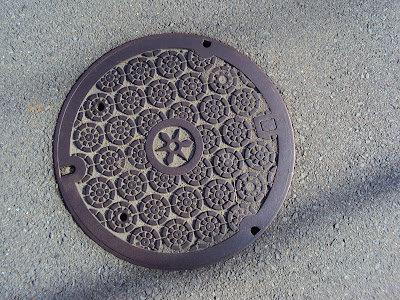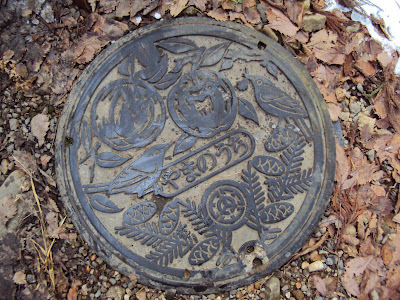


"Enter the Nagoya Guesthouse
It's not a hotel, nor a ryokan (a Japanese style inn). A new cheap hostel/guest house has made it's way into the heard of Nagoya. A room with 2 beds is between 2-3,000 yen, beyond the cheapness the guests become friends and can exchange travel information. Next year is Nagoya's 400 year anniversary. Located between Tokyo and Kansai, Nagoya is often passed over. Will this be enough to encourage more travelers to stop in?
A 5 minute walk from Kanayamasogo Station, Hostel An is a 40 year old wooden building with 6 rooms and 2 floors. The ex-salesman from Yokohama, Ayano Kimishima (34) opened this establishment in October of this year (2009).
"I wanted to create a place as comfortable as a normal Japanese home." She said. In the room with a TV, computer, and manga foreign travelers relax and occasionally make travel-buddies. Eric Ras (30) from Holland said, "I found a kendo dojo when I was walking around, and the sensei let me in!" and proudly showed me his pictures! Over 80% of the customers here are foreigners.
Ms. Kimijima traveled around Southeast Asia 10 years ago and started to dream about opening her own guesthouse. Until last year she worked at the Chubu Airport while looking for a good place for her enterprise. She said, "As foreigners have a different sense of difference than Japanese people, I think Nagoya is a good place because Takayama and Himeiji are an easy day trip away."
There are guest houses like this in other countries and in Okinawa, but there weren't any in Nagoya. This year, the first guest house, Otohaya Besso opened (In the Nakamura ward near Nagoya Station South). It has a bar where than even non-guests can enjoy themselves. Now, they are re-designing it to allow for live performances. They also give local artists a chance to display their works.
"Travelers and locals can sit together and drink sake and go for one of Nagoya's famous huge "morning" breakfasts," said the owner. The ex-metalworker from Hiroshima, Takahiro Tange (38) said his goal was to create a "melting pot".
Nagoya is said to have very few travelers. In the French travel book Michelin, Takayama got the full 3 stars, however Nagyoa only got one star! It says, "There is not much to attract most travelers, but that doesn't mean there are no places to go and enjoy yourself."
Mr. Tange said, "I want travelers to not only go to big concrete museums, but also go to the places that only locals go, and enjoy the local food as well." Nagoya is different from Kyoto, as you can easily find things 'not on the map'". The key to getting more people interested in Nagoya is having the locals help create an atmosphere that captures their interest."
Thank you Levi and Miyuki for translating this!
(original posts: 1 & 2)














































